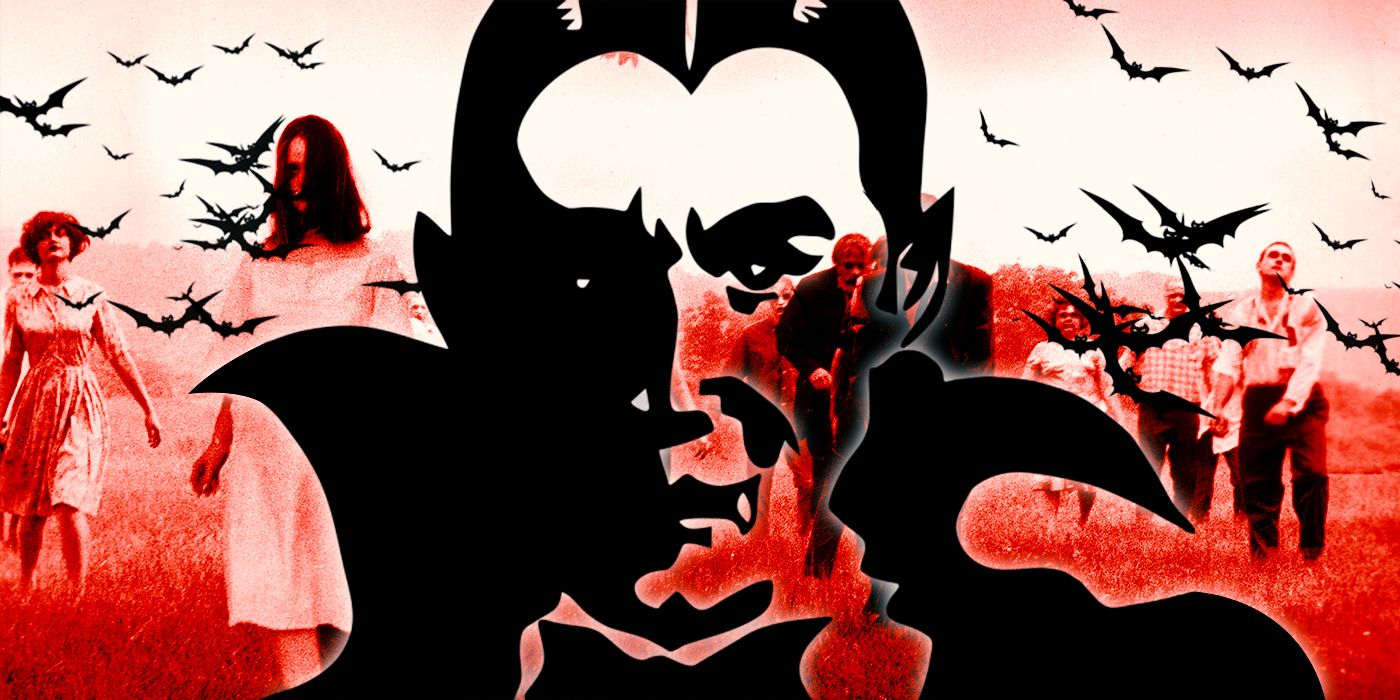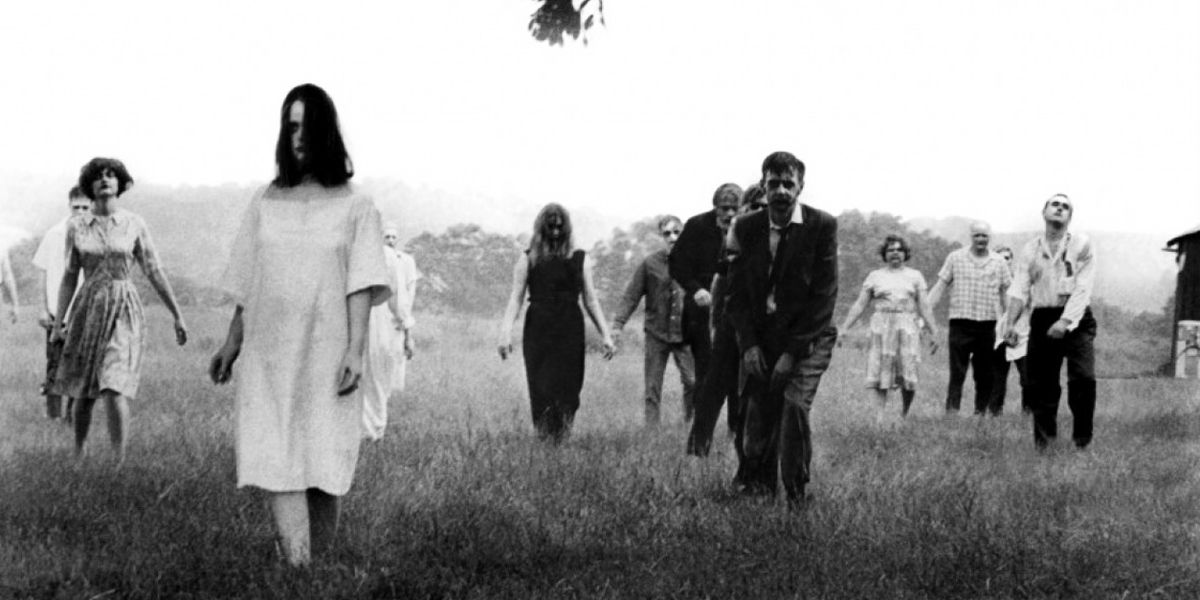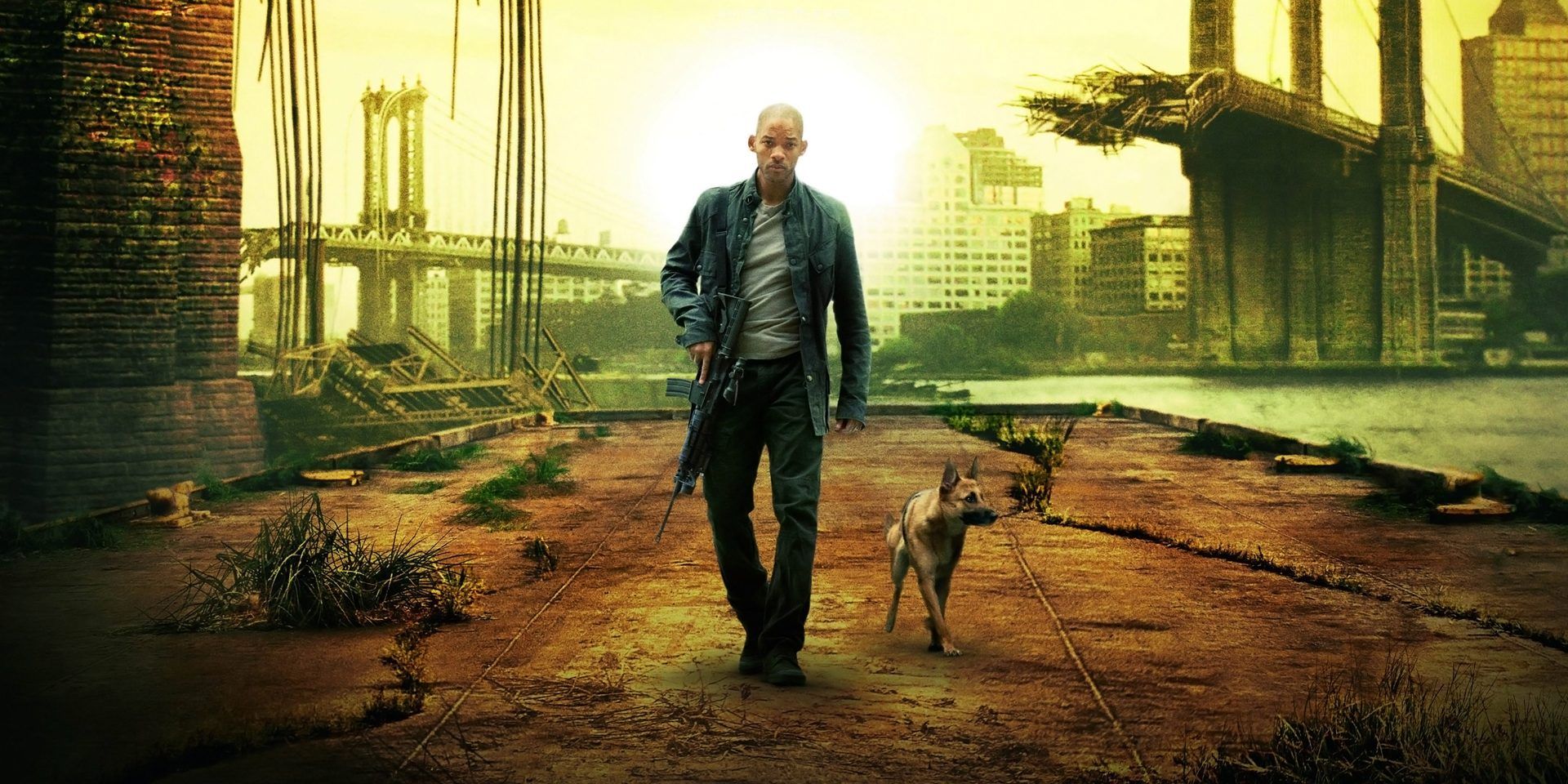The zombie apocalypse has become a horror sub-genre unto itself, having flourished from the early days of director George A Romero’s celebrated “Dead” movies. His work spawned a host of imitators and eventually led to the likes of Shaun of the Dead, The Walking Dead and an entire branch of horror movies dedicated to the notion. Most of the important components can be traced back to Romero’s groundbreaking original Night of the Living Dead in 1968, a movie that set the ground rules for almost all zombie apocalypse movies, as well as the basic formula of how human survivors deal with what appears to be the collapse of civilization.
But as groundbreaking as they were, Romero’s tropes weren’t new. He himself claimed to have been inspired by a vampire novel -- Richard Matheson’s I Am Legend -- that informed the foundation of his story. The novel spawned a movement all its own and was the expression of another horror subgenre seemingly on its last gasp. And all of it came together to create something entirely new.
Romero discusses the origins of Night of the Living Dead during an interview on the film’s 2008 DVD release and elsewhere. He related how he and his friends were making commercials and industrial movies in Pittsburgh and decided to make a horror film as a calling card for bigger projects. Horror movies could be made inexpensively and had a ready market on the drive-in circuit, making it easy to turn a profit. The only question became what kind of horror movie to make.
The director has been inspired by I Am Legend, which entails the entire world being transformed into vampires. A single human holdout seals himself in his home every night, only to emerge in the day with a collection of stakes and hunt down his former neighbors one by one. The novel opens after the global transformation, with the necessary information told in flashback. Romero thought it would be interesting to look at the scenario from the beginning -- when the change starts and society falls apart. He couldn’t use vampires, but zombies -- which were then largely attached to myths about voodoo -- were sufficiently distinct. He borrowed I Am Legend’s notion of a virus to explain that the dead rise from the grave all at once, with a hunger for human flesh and the ability -- like a vampire -- being what passes their condition on to those they kill.
In retrospect, it sounds impossibly simple, but it came with a heaping dose of the novel’s social commentary, as well as the director’s knack for slow-burn terrors. Matheson’s story ends with his lone human holdout realizing that his principles are no longer relevant in a world where the rules have changed so dramatically. He goes to his death with the understanding that he will be the monster the new world frightens its children with at night. Night of the Living Dead -- and by extension, the entire zombie apocalypse -- sets up a similar moral crucible, as its characters find themselves in a world without normal social consequences and have to decide what truly matters to them.
Timing played a role, too. Night of the Living Dead was released in October 1968, in a time when its social comments and final image of an innocent Black survivor of the zombie attack shot dead by a white sheriff’s posse struck a chord in the national consciousness. The film became a smash and Romero went on to direct five additional films set in the same universe, including the equally genre-defining Dawn of the Dead in 1978. At the same time, I Am Legend underwent a strange creative progress of its own. No less than three movie versions were made over the decades -- 1964’s The Last Man on Earth, 1971’s The Omega Man and 2007’s I Am Legend. And like Romero’s cycle, each one speaks to the same idea for a different era.
It's also an indicator of the cyclical nature of genres and how an effort to find new life in old ideas can take on unexpected forms. I Am Legend arrived when vampire stories were running out of steam and the Gothic thrills of Bela Lugosi had given way to the likes of Abbot and Costello Meet Frankenstein. Instead of rejuvenating vampire stories, it created something entirely new, helping to diversify the genre in the process. Romero gave due props to his inspiration, which has helped fans see how horror staples develop.



